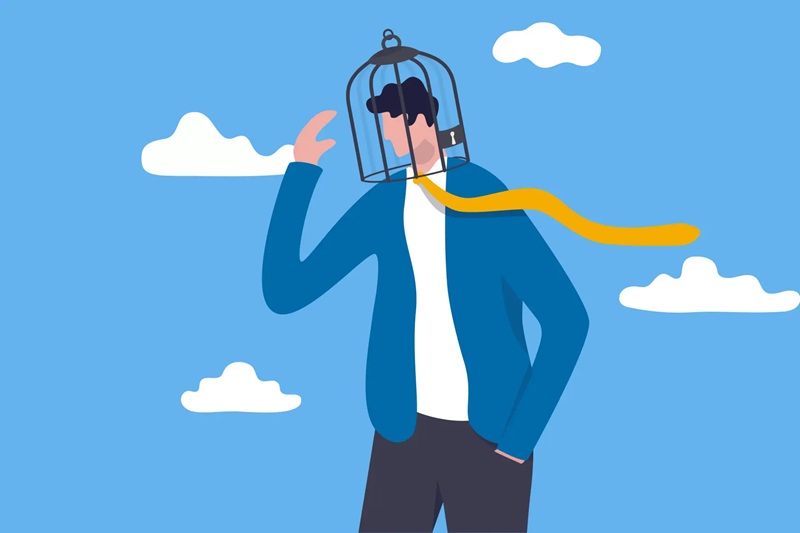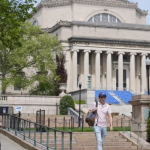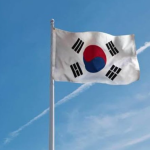
explaining 10 examples of unconscious bias everyone should be aware of
Unintentional, taught views that can be either favorable or negative are known as unconscious biases. Because the human brain is wired to seek shortcuts, everyone has some unconscious biases at least occasionally. About 40 bits of information may be processed consciously in a second, whereas 11 million bits can be processed unintentionally.
We save time and energy by processing information subconsciously. Here are the top 10 examples of unconscious bias everyone should be aware of.
1. Gender bias
There are certain characteristics associated with being “male” or “female,” according to cultural norms and upbringing. Men are supposed to be self-assured, logical, and born leaders. Contrarily, it is believed that women are more communal, empathetic, and caring.
The gender spectrum is far more complex in reality, and there is no scientific foundation for characteristics that are peculiar to one gender.
How is gender prejudice manifested? People who exhibit “feminine” characteristics are frequently ignored at work, subject to legal discrimination, and written off as “too emotional.” People who identify as guys and who exhibit “masculine” characteristics are given greater respect and appreciation.
Also Read: Top 10 examples of Unjust Laws that need to change
On the other hand, those who exhibit “masculine” features but do not identify as men are frequently perceived as loud, domineering, or conceited. This is particularly valid for aspirational female leaders.
2. Beauty bias
According to research, folks who are deemed beautiful are treated better than those who are not. The unspoken prejudice at work is that goodness equates with beauty. According to research published in the Journal of Nonverbal Behavior, participants gave beautiful individuals more moral qualities than ugly people.
According to a different study, those who are seen as handsome are more likely to be viewed as reliable. It could be that society views health and strength as the foundation of beauty, making attractive individuals more desirable.
3. Ageism
Ageism is the practice of treating someone less favorably due to their age. It typically goes after the elderly. Older people can be instantly perceived as intellectually or physically unable, unfit for a certain job, or disposable. Conversely, youth might be perceived as gullible, entitled, indolent, or naïve. Many people harbor unconscious prejudice, but some people actively discriminate against others based only on their age.
The problem of ageism in the workplace is pervasive. According to an AARP survey, two out of every three employees 45 years of age or older reported having encountered age discrimination at work. Discrimination can take the form of rude remarks, not being given training chances, or being passed over for promotions because of one’s age. In addition, relationships, the media, and healthcare environments all contain ageism.
4. The halo/horn effect
When we first meet someone, the halo/horn effect occurs. We are more inclined to believe someone has additional positive qualities if they have left a positive impression. We are prepared to overlook undesirable features since we only see their halo. The halo effect may be seen in the beauty bias, which holds that “beauty equals good.”
We presume the individual has all these other positive qualities because they possess the one quality that is seen as positive—beauty. It’s the opposite of the horn effect. We are more inclined to believe someone has several unfavorable features if we identify one negative trait in them.
5. Confirmation bias
One of the most potent unconscious biases that people experience is confirmation bias. It affects our capacity to take in new information, make choices, and develop as individuals. We only take in information that supports our opinions when we are acting out of confirmation bias.
We reject or disregard evidence that contradicts such ideas whenever we come across it. It becomes very difficult, if not impossible, to remain neutral and listen to competing ideas and facts if we are unaware of this innate tendency.
6. Attribution bias
The evaluation of cause and effect is impacted by attribution bias. We are more inclined to think that we are to blame for positive things that come into our lives. When something unfortunate occurs, we tend to assign blame to outside forces and absolve ourselves of accountability.
Prejudice changes when one considers the accomplishments and shortcomings of others. Their success is due to luck, and anything negative is their own. Realistic and impartial analysis of circumstances is hampered by attribution bias.
7. Conformity bias
This unconscious prejudice probably started way back when we were still hunting and gathering. To survive, people have to live in harmony and work together. An individual would be on their own for food and protection if they engaged in combat with their tribe. To stay in the gang meant to stay alive.
Even though it has several advantages, the behavior still occurs in people today. Conformity can include acting unethically, discriminating against others based on their differences, and going against our moral principles.
8. Affinity bias
People usually gravitate toward individuals who are similar to them, proving the adage “birds of a feather flock together.” It’s what we’ve always done. It’s the way many communities and civilizations evolved.
Nonetheless, there are drawbacks to the unintentional affinity bias. It could cause us to rule out all distinctions. Affinity bias in the workplace may contribute to the lack of diversity in so many businesses. It influences prejudice of many kinds, including racial and gender discrimination.
9. The contrast effect
One type of judgment is the contrast effect. It occurs when you evaluate each item based on its own merits rather than comparing them to one another. Because the human brain enjoys taking shortcuts, it’s really simple to accomplish. While comparisons are a terrific tool to expedite the evaluation process, there are situations where the contrast effect isn’t advantageous.
10. Name bias
Even commonplace things like people’s names might be influenced by unconscious prejudice. The widespread inclination to favor particular names—typically Anglo names—is known as name prejudice. It is most enduring in the first stages of the hiring process. Economists applied for 83,000 jobs at 108 Fortune 500 companies in a 2021 research.
While the other half had names that sounded more Black, the other half had typical White names. Applications with Black names were phoned 10% less often than those with comparable names. Similar findings have been seen in other investigations.







